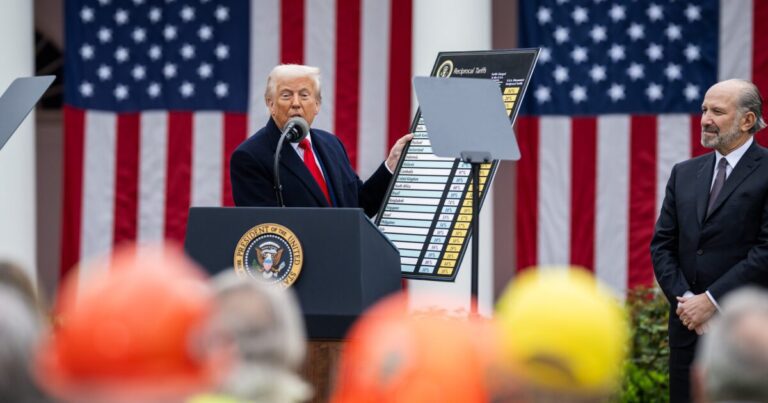Trump’s Tariff Policies: A Surging Revenue Stream
In a significant economic turnaround, Donald Trump’s tariff policies are yielding unprecedented financial returns for the U.S. government. Recent reports indicate that tariff revenues soared to a remarkable $25 billion in July 2025, a drastic increase from just $7 billion a year prior.
Understanding Tariff Revenue Growth
- According to the Committee for a Responsible Federal Budget (CRFB), the flurry of tariff revenues has been described as both "meaningful" and "significant."
- Fiscal Year 2025 has seen tariffs account for 2.7% of all federal revenue, representing double the historical averages.
Historical Context
In an analysis by the Washington Times, the CRFB projected that Trump’s tariffs could amass approximately $1.3 trillion during his tenure, not accounting for wider economic effects.
“The recent tariff increases are likely to meaningfully reduce deficits if allowed to remain in effect or replaced on a pay-as-you-go basis,” stated the CRFB in their report.
Potential Impact on National Debt
As the federal debt hovers around $37 trillion, experts are exploring whether these tariff revenues can meaningfully impact this colossal figure. Not only are the revenues substantial, but they also have the potential to ease the financial burden on American taxpayers.
Revenue Comparison
- The influx of tariff revenue rivals the scale of a newly implemented payroll tax or a 20% reduction in the military budget, according to calculations by Yahoo Finance.
- Current projections suggest that if the policies remain unchanged, the revenue generated could rise to 5% of federal income.
Future Predictions
Analysts have predicted that sustaining the current tariff regime could reduce the national deficit by up to $2.8 trillion over the next decade. This is contingent on ongoing policy measures that maintain or expand these tariffs.
Conclusion
The realization of Trump’s tariff policies not only highlights an avenue for significant government revenue but also sparks debates about their long-term implications for the national debt and fiscal policy. As tariff revenues continue to grow, their potential to shape America’s economic landscape becomes increasingly evident.
For more insights on the impacts of tariffs on the economy, visit Just the News.


